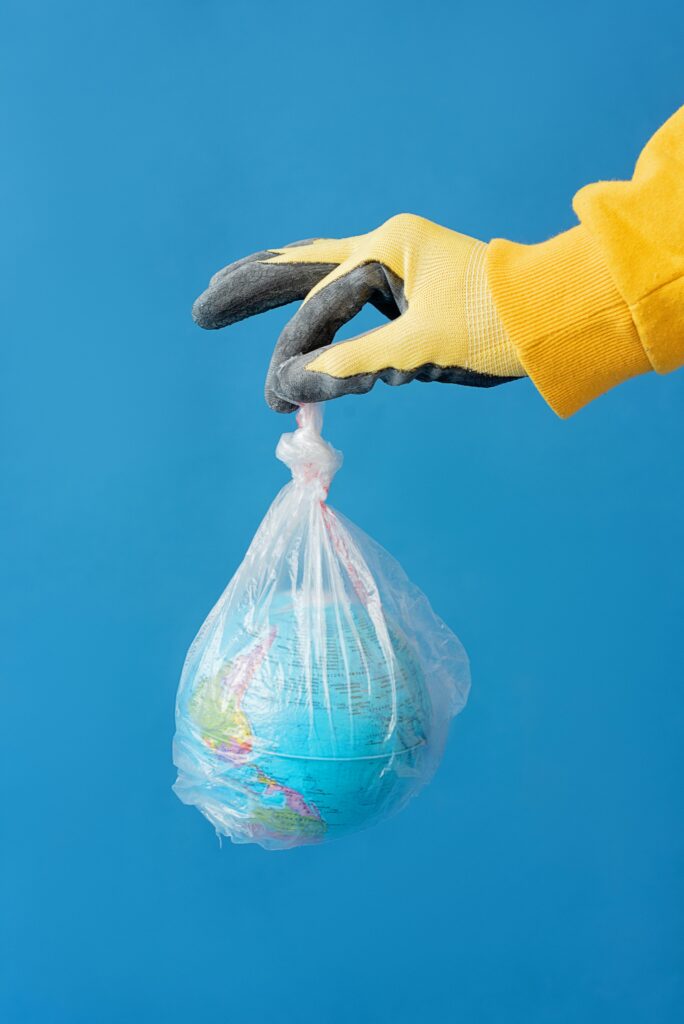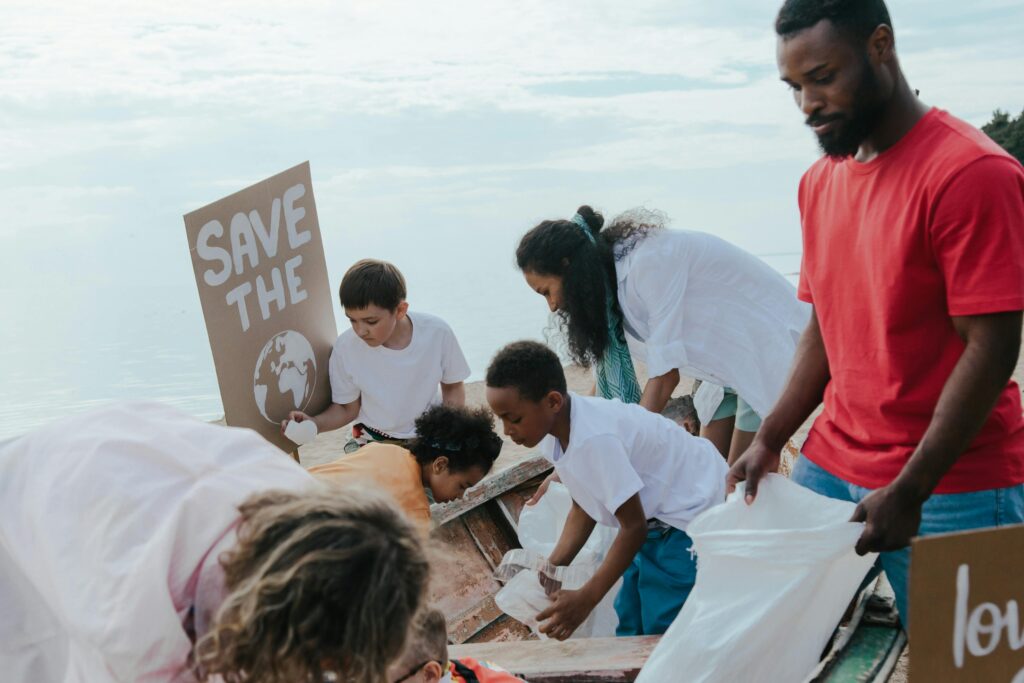The Goal
The ultimate goal is to achieve very little rubbish in schools. This can be done by reducing reliance on traditional recycling. It also involves promoting Zero Waste principles within one to three years. This can be done by encouraging Zero Waste supplies, education, better trash management, and unique circular recycling. With a little effort, your school can make a big difference to the environment and the future of our children!
You can make a big difference by implementing a Zero Waste program at your school. This will impact the level of waste that is produced. This will help to reduce pollution. It will save resources. It will also teach students about the importance of land care principles. Zero Waste programs are easy to set up and can be tailored to fit the needs of any school.
Zero waste programs are a great way to help schools reduce waste, but they can’t do it alone. Everyone needs to do their part!

Introduction
Did you know that the average person produces 540kg of household waste per year in Australia? It’s estimated that in 2017, Australians generated 67 million tons of waste. That’s a lot of garbage!
In the United States, California tracked their school and university waste. They discovered that these institutions generated around 562,442 tons of waste. Nearly half of this waste came from organic materials such as paper, cardboard, and uneaten cafeteria food. Many of these materials are recyclable.
What if we could all do our part to reduce that number? One way to reduce your waste production is to start a Zero Waste School Program. Zero waste programs are designed to help schools eliminate waste and promote recycling and composting. Zero waste principles are simple: reduce, reuse, recycle and rethink. But implementing a Zero Waste program in your school can seem like a daunting task. Luckily, there are many ways to make the transition to Zero Waste easier.
Here are a few tips on how to start a Zero Waste School Program:
Encourage Zero Waste Supplies
The first step in a Zero Waste program is to reduce the amount of rubbish. This involves decreasing what is brought to school in the first place.
Lunches: A great way to reduce waste at school is to encourage No Rubbish lunchboxes. No Rubbish lunchboxes use reusable containers and utensils for packing lunch. They avoid disposable items like paper bags or plastic wrap. Encourage parents and kids to leave the wrapping at home, especially in a bush school environment.
Instead of bringing napkins, use a cloth towel, which can be washed and reused. Not only does this reduce waste, but it can also save you money in the long run!
School and craft supplies: Another way to reduce waste is to not bring any school supplies that come in packaging. For example, if you need a new pencil case, find one that is made from recycled materials. Avoid options that come with packaging.

Education
One of the best ways to reduce waste is to educate others about it!
There are many ways to do this, but one way is to incorporate Zero Waste lessons into your curriculum. For example, you could teach a recycling lesson during science class. This would be a great opportunity to discuss the different types of waste. You could explain how they are produced. Finally, you could address how they can be recycled or composted.
You could also hold a Zero Waste Day at your school. This is a day where everyone in the school community comes together. They learn about Zero Waste principles. They also learn how to implement them in their everyday lives.
Another push should include how to buy Zero Waste food for school lunches. Some great shops that do this are in your local area. These include bulk wholefood suppliers and low packaging stores. They allow you to refill your own containers. Promoting Zero Waste friendly stores or companies is a great way to get others involved in the Zero Waste movement.
This initiative will help reduce waste at your school. It will also educate the next generation about the importance of land care principles. There are many ways to make a Zero Waste Day fun and educational, including ‘Rubbish Art,’ so get creative!

Better Trash Management
One way to reduce waste is by managing trash better. This can be done by sorting trash into different bins: one for recycling, one for compost, and one for landfill. Plus, the large range of options to re-direct waste from landfill and, recycle mixed materials with Terracycle.com. Placing small bins far from the school’s larger street bins encourages kids and adults to divide their trash. This helps them throw things away at a slower rate.
You can also set up a system where students are responsible for taking out the trash in their classrooms. This will teach them responsibility and help to keep the school clean.
Recycle
The first step in producing a Zero Waste School is to source items without packaging. Alternatively, choose items with low packaging. This approach completely eliminates the need to purchase waste in the first place. As well as encouraging the No Rubbish lunchboxes culture, here are a few more options:
Reducing is one of the most important aspects of a Zero Waste program. It’s important to reduce everything that can be, including paper and plastic.
Composting is also a great way to reduce food waste and turn it into something useful! By composting, you can reduce the amount of waste that goes to landfills. You can also create a nutrient-rich soil amendment for your school garden.
Rethinking recycling programs to make the system more circular is important as well. This includes using recycled materials to make new products, instead of just down-cycling them into lower-quality products.
One way to encourage exciting new projects is by having a Zero Waste Day competition. Students can work in teams to come up with the best Zero Waste project. The winning team gets a prize, and everyone learns about Zero Waste principles!
There’s an artist in everyone and you can show this off by creating rubbish art! Create masterpieces from the items in your bins and anything else you can collect from your yard or home. Schools can encourage rubbish art shows and give out awards to students that participate.

The Future
Beyond schools, it’s essential to reach a broader audience to encourage waste reduction in all aspects of life. Reaching out to other schools helps them transition to Zero Waste systems. Contact local governments and councils with ideas for waste disposal incentives. Encourage industries to review their waste management practices. These are all important steps in achieving this.
Zero Waste schools are a part of our future. They help to reduce pollution, save money, and teach children about the importance of taking care of our planet. So what are you waiting for? Start a Zero Waste School Program today!
Source:
https://www.cleanup.org.au/clean-up-our-waste
https://calrecycle.ca.gov/recycle/schools/
